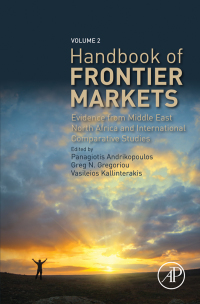Question
A firm estimates that its break point (BPRE) is $35 million, and its WACC is 13.45 percent if common equity comes from retained earnings. However,
A firm estimates that its break point (BPRE) is $35 million, and its WACC is 13.45 percent if common equity comes from retained earnings. However, if the company issues new stock to raise new common equity, it estimates that its WACC will rise to 14.10 percent. The company is considering the following equal-life investment projects:
Project Size IRR
A $12 million 13.70%
B 8 million 13.50
C 11 million 15.80
D 6 million 14.00
E 7 million 15.20
F 13 million 13.55
What is the firm's optimal capital budget?
| A. | $35 million | |
| B. | $36 million | |
| C. | $34 million | |
| D. | $46 million | |
| E. | $24 million |
In the previous problem, was it appropriate to use IRR in deciding which projects to accept?
| A. | Yes, since IRR reinvests interim cash flows at the cost of capital which is a feasible reinvestment rate. | |
| B. | Yes, since NPV, MIRR and IRR will all gree as to which projects are profitable, and all profitable projects were being accepted. | |
| C. | No, MIRR should have been used since it uses the same reinvestment rate as NPV does. | |
| D. | No, IRR and NPV do not agree since their reinvestment rates are different. | |
| E. | None of the other choices is a correct statement. |
Step by Step Solution
There are 3 Steps involved in it
Step: 1

Get Instant Access to Expert-Tailored Solutions
See step-by-step solutions with expert insights and AI powered tools for academic success
Step: 2

Step: 3

Ace Your Homework with AI
Get the answers you need in no time with our AI-driven, step-by-step assistance
Get Started


